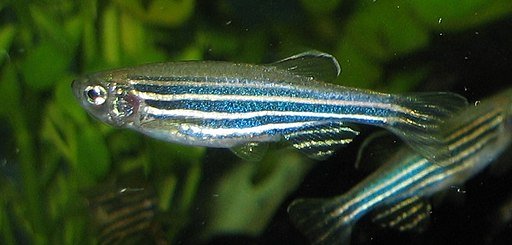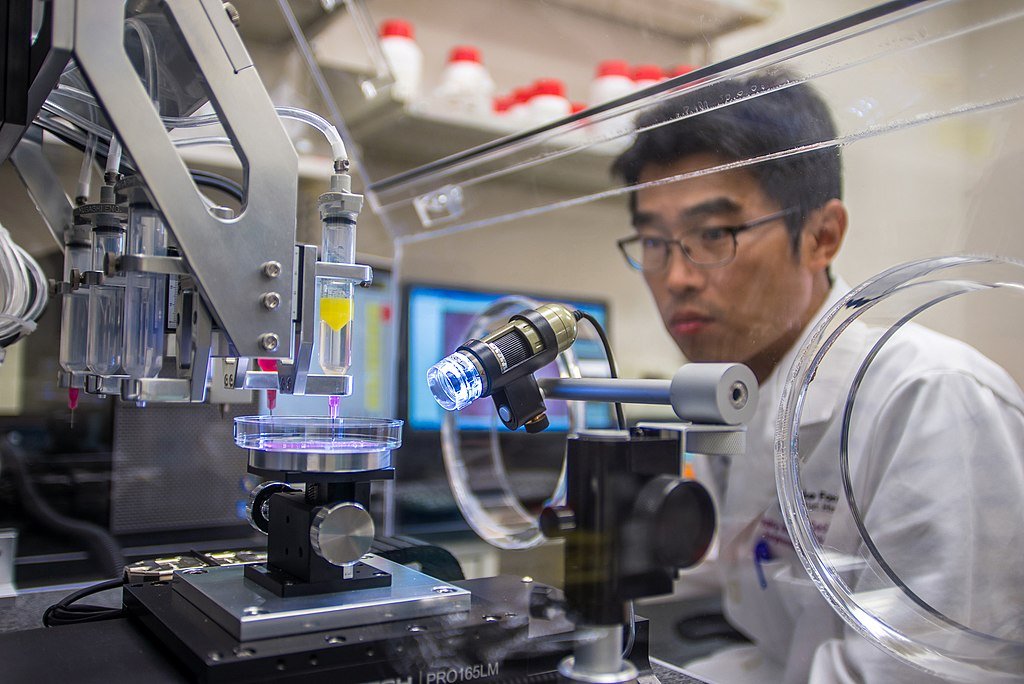Nature never ceases to amaze with its myriad wonders, and among these marvels, the ability of some animals to regrow lost limbs stands out as a testament to the extraordinary adaptability and resilience of life. This remarkable process of regeneration is not just a fascinating subject for biologists but also holds potential insights into medical advancements that could one day transform human health care. In this article, we will explore the diverse world of animal regeneration, examining the mechanisms behind it and what it might mean for the future of regenerative medicine.
What is Regeneration?

Regeneration is the biological process through which organisms replace or restore lost or damaged tissues, organs, or limbs. While many animals can heal wounds or recover from minor injuries, some possess the extraordinary ability to regenerate fully functional tissues and appendages. This capability is not uniformly distributed among animals; it varies widely across species and even among different life stages within a species.
Amphibians: Masters of Limb Regeneration

Among vertebrates, amphibians, particularly salamanders, are renowned for their regenerative abilities. These creatures can regrow entire limbs, tails, and even parts of their hearts and eyes. The process involves the formation of a blastema, a mass of undifferentiated cells that differentiate to form new tissues. Salamanders provide a valuable model for studying regeneration due to their efficiency in regrowing complex structures.
The Role of Stem Cells in Regeneration

At the heart of regeneration is the incredible flexibility of stem cells, which can transform into various cell types needed for new tissue. In animals like salamanders and zebrafish, research has shown that stem cells play a crucial role in regenerating damaged parts. Understanding how these cells are activated and directed to regenerate particular structures gives scientists clues about enhancing regenerative processes.
Zebrafish: Regeneration in the Deep

Zebrafish, a small freshwater fish, have become indispensable in scientific research due to their regenerative abilities. They can heal their spinal cords, hearts, and fins, providing models for understanding tissue regeneration and repair. The study of zebrafish regeneration is shedding light on how similar processes might be initiated or harnessed in humans.
Regeneration in Invertebrates: Starfish and Planarians

Invertebrates like starfish and planarians are also champions of regeneration. Starfish can regrow lost arms, and their regeneration abilities are so advanced that they can even regenerate from a single severed limb. Planarians, flatworms capable of regenerating their entire bodies from small segments, are a focal point for understanding stem cell-mediated regeneration.
What Regeneration Teaches Us About Evolution

The ability to regenerate provides insights into evolutionary biology and the adaptability of life. It suggests that regeneration is an evolutionary advantage for survival, allowing species to recover from injuries that would otherwise be fatal. By studying these processes, scientists hope to understand how regenerative capabilities have been lost or retained throughout evolution.
Implications for Human Health

Although humans have limited regenerative capabilities compared to some species, studying animal regeneration offers insights that could lead to breakthroughs in medicine. By understanding the cellular and molecular pathways that enable regrowth, scientists aim to develop therapies to enhance human tissue repair and organ regeneration, potentially addressing conditions like heart disease and spinal cord injuries.
Current Challenges in Regenerative Medicine

Despite the promise regeneration holds, numerous challenges remain in translating these principles to human medicine. Ethical considerations, technical limitations in manipulating human cells, and ensuring the safety and efficacy of regenerative therapies are ongoing hurdles that scientists and policymakers must navigate.
Future Directions in Regenerative Research

The field of regenerative research is rapidly evolving, with advances in gene editing, stem cell technology, and bioengineering paving the way for new possibilities. As we continue to learn from regenerative models in nature, the future may hold the possibility of not just repairing, but regenerating human tissues and organs.
Conclusion: The Regenerative Promise

Regeneration remains one of nature’s most awe-inspiring capabilities, epitomizing the resilience and adaptability of life. As science delves deeper into this natural phenomenon, each discovery brings us closer to harnessing regeneration for medical advancements. While much work remains, the potential to revolutionize healthcare by unlocking the secrets of regeneration underscores the importance of studying this remarkable process.




